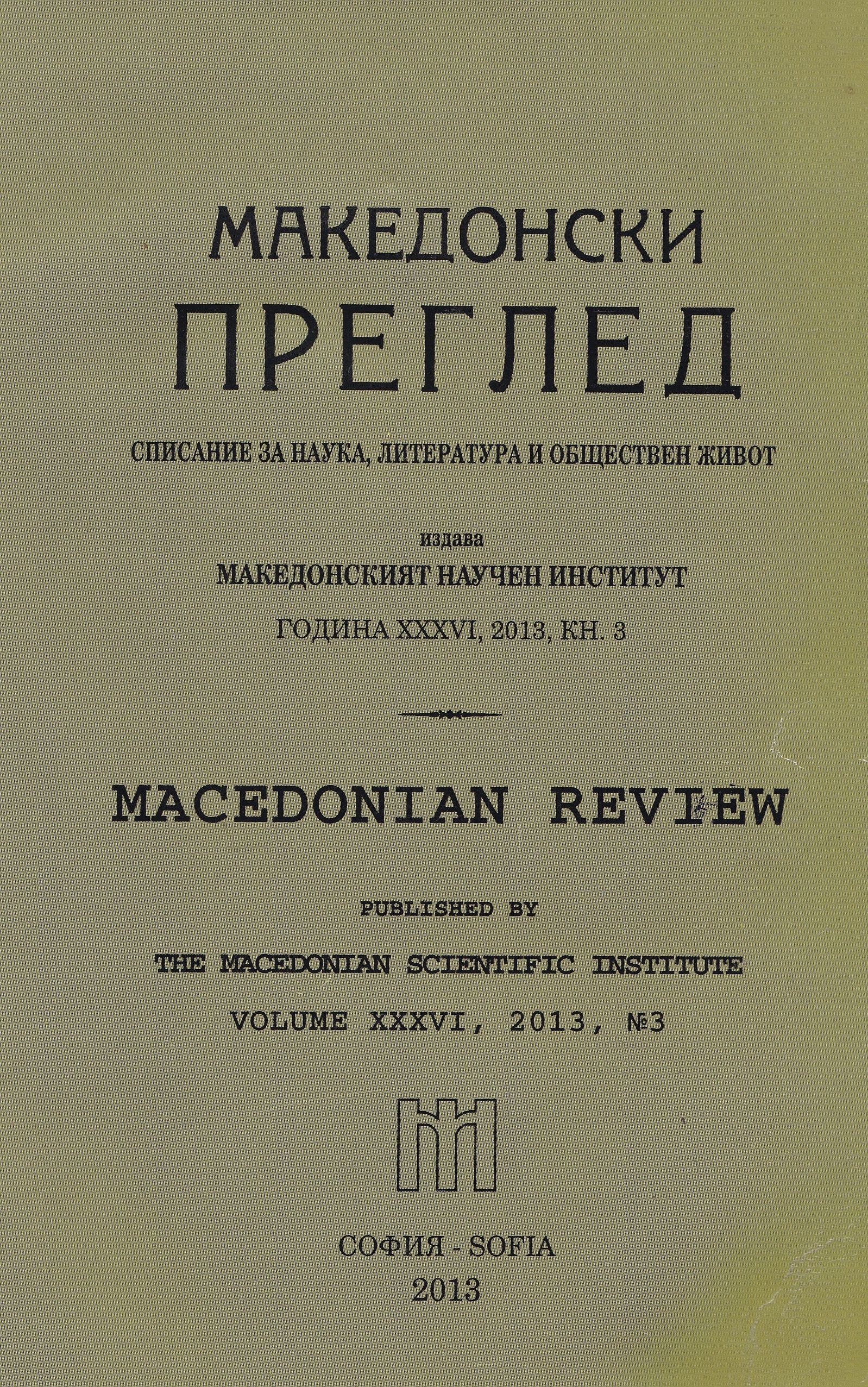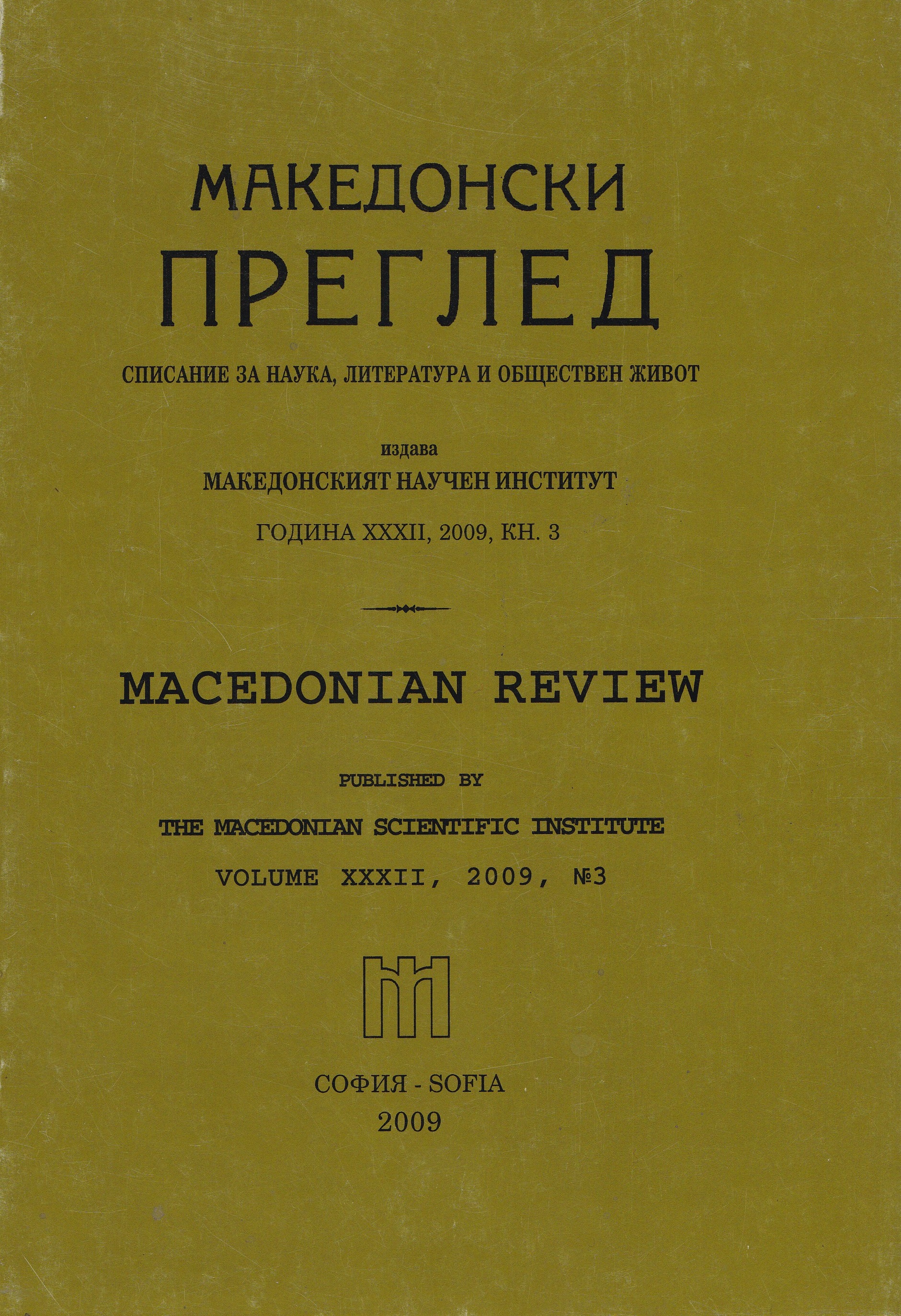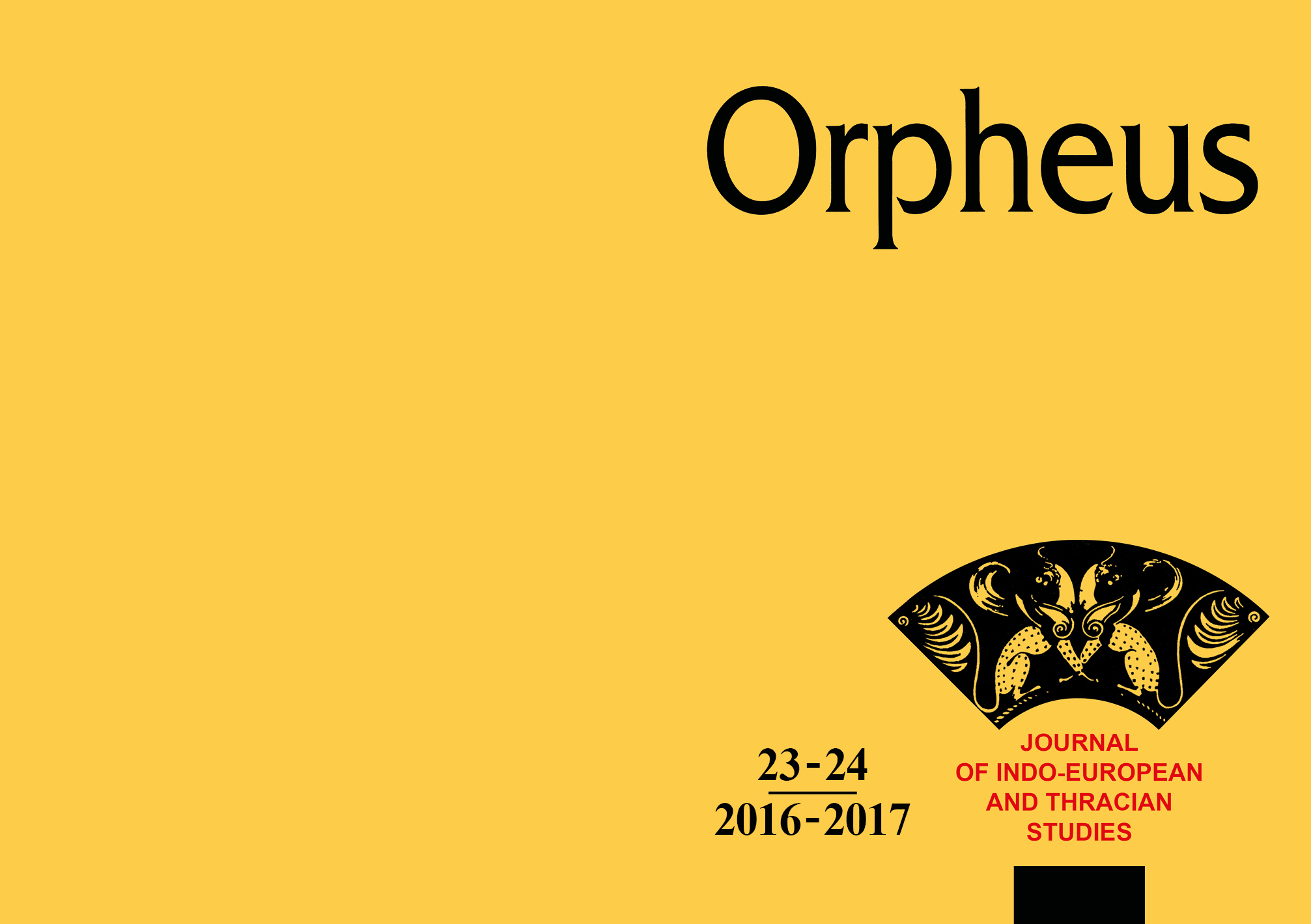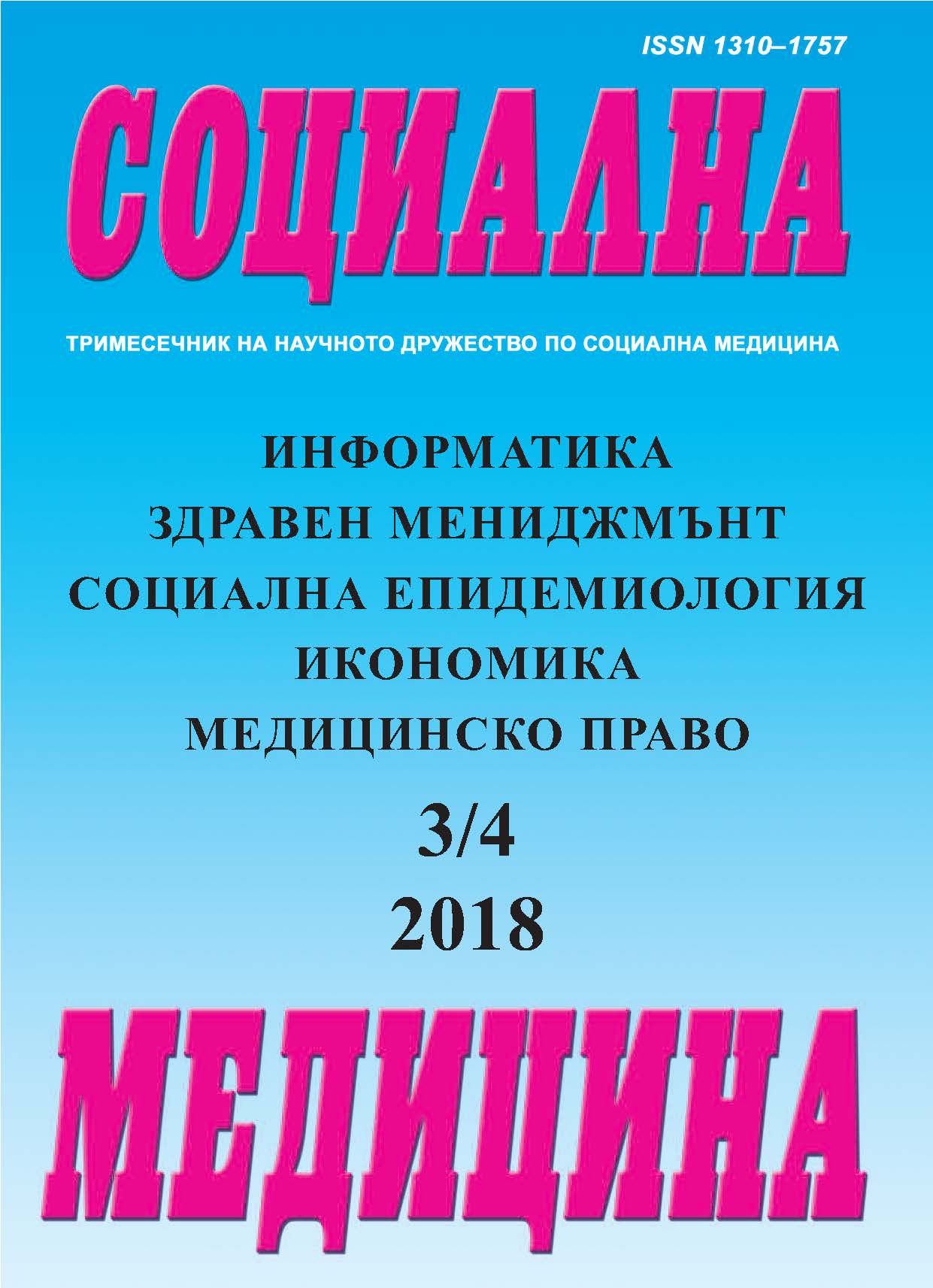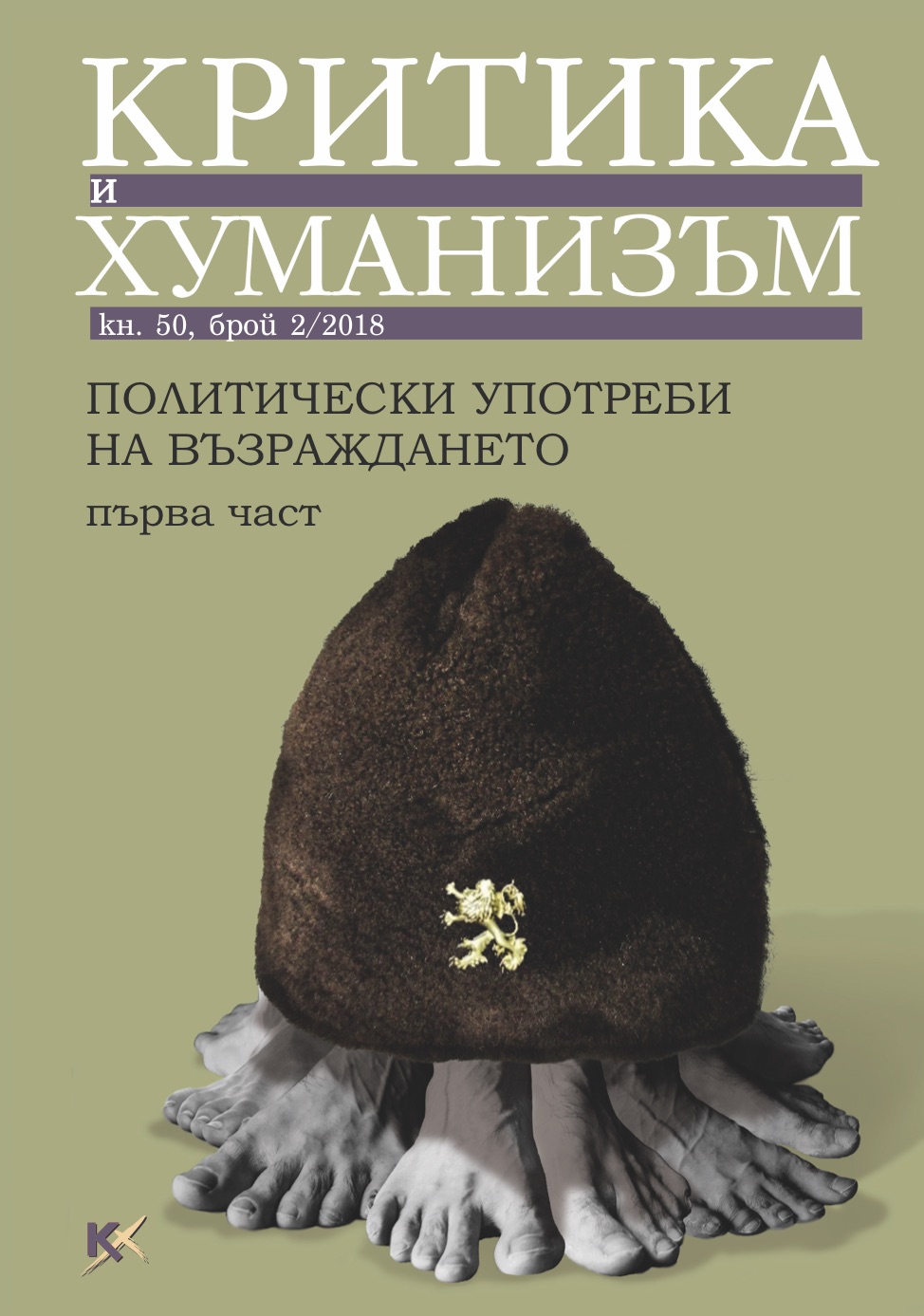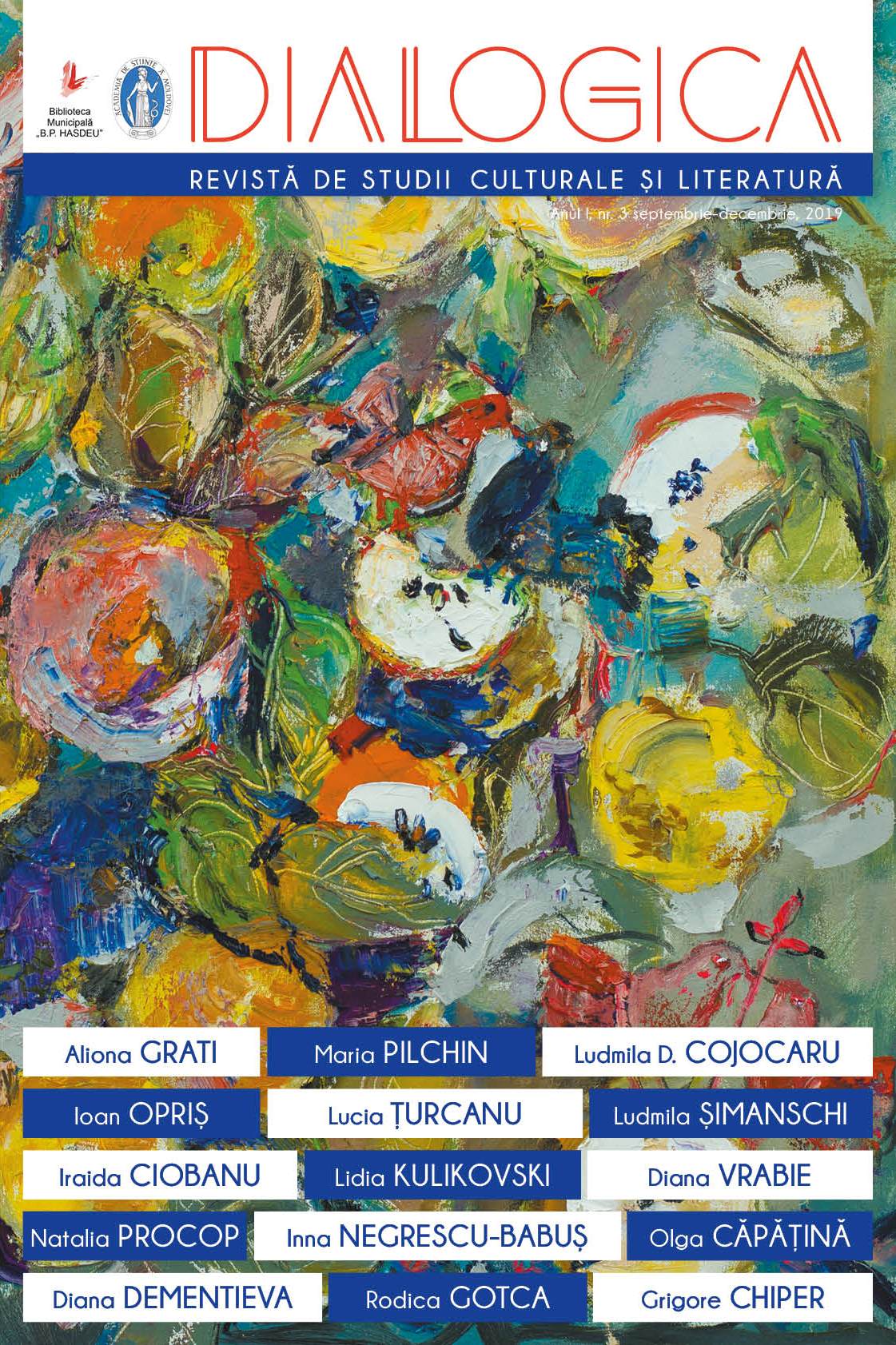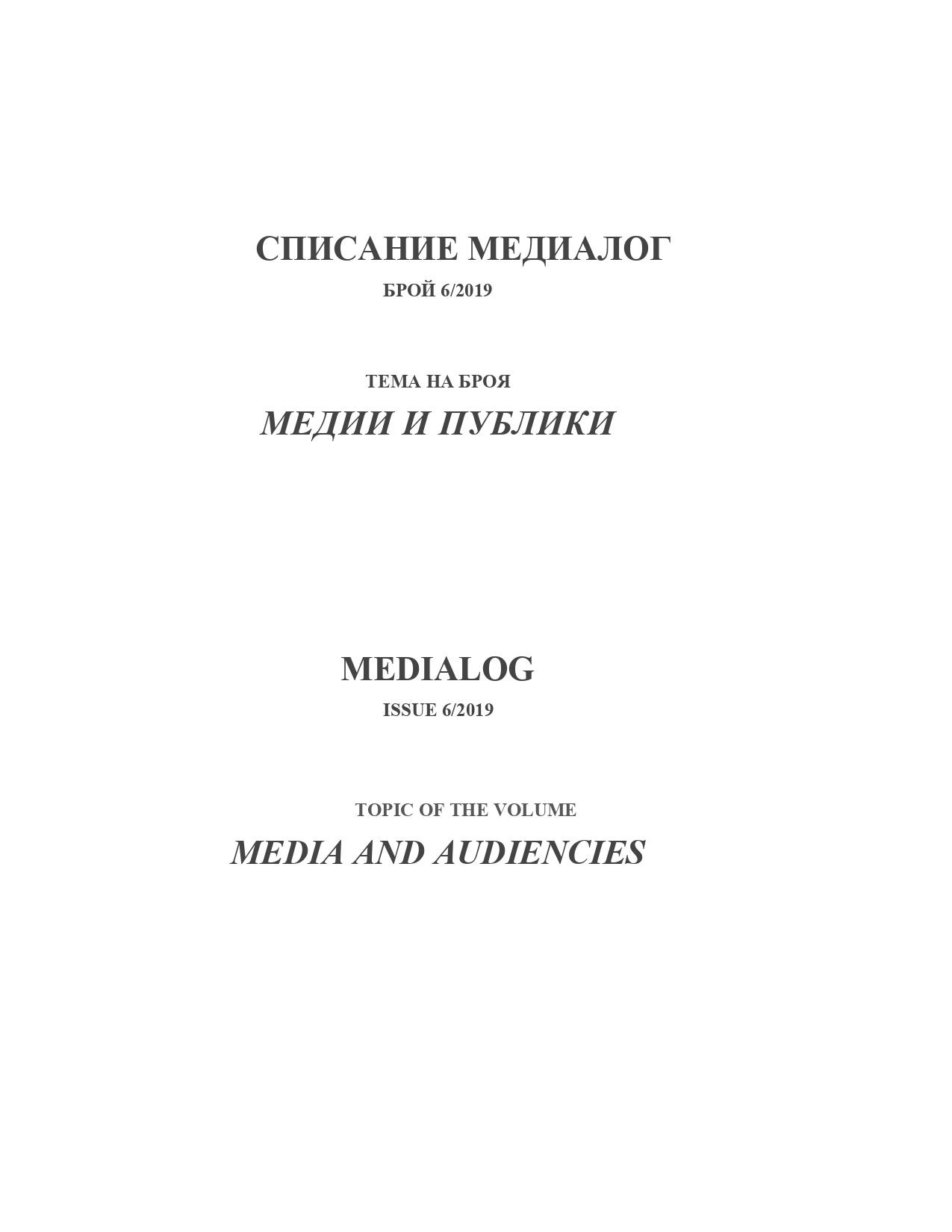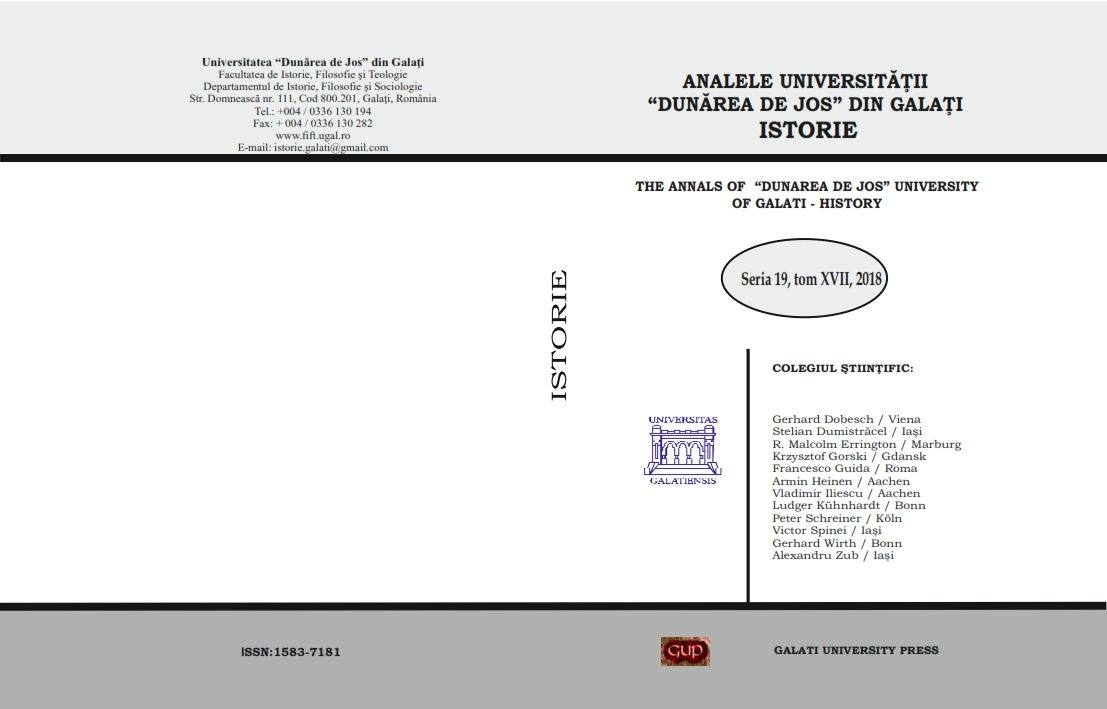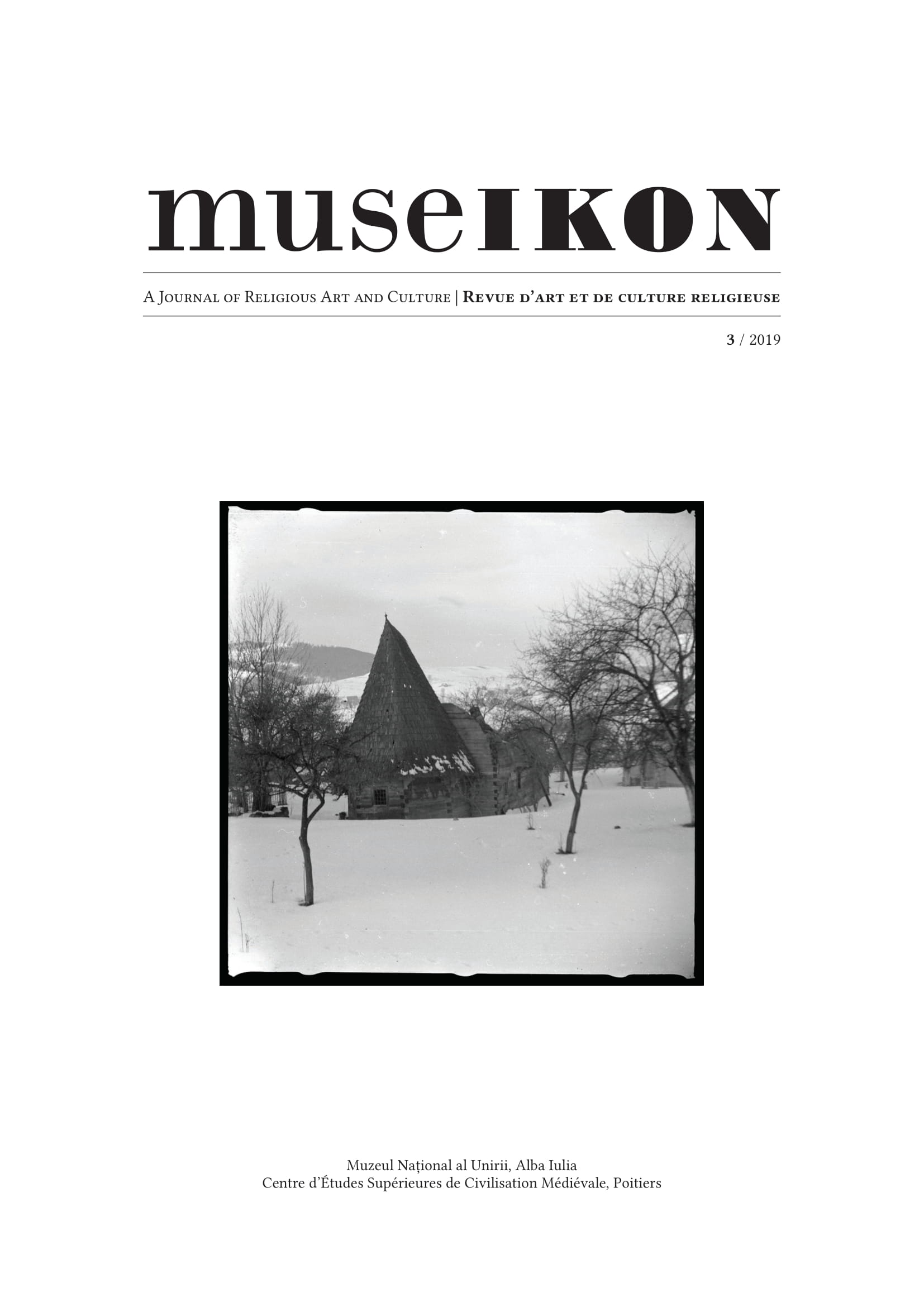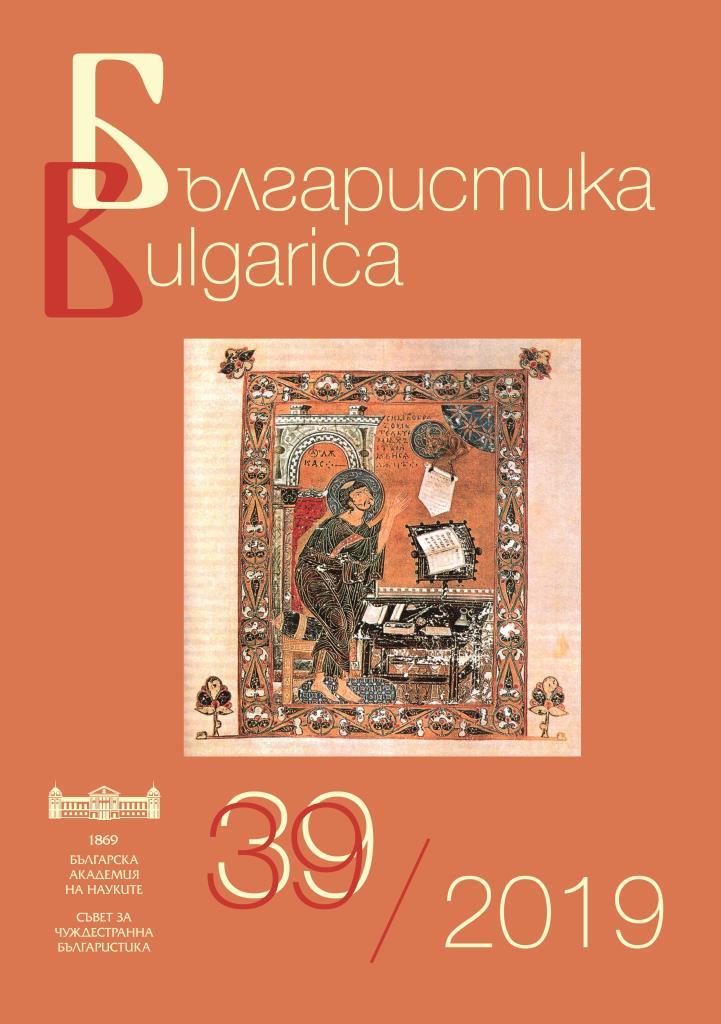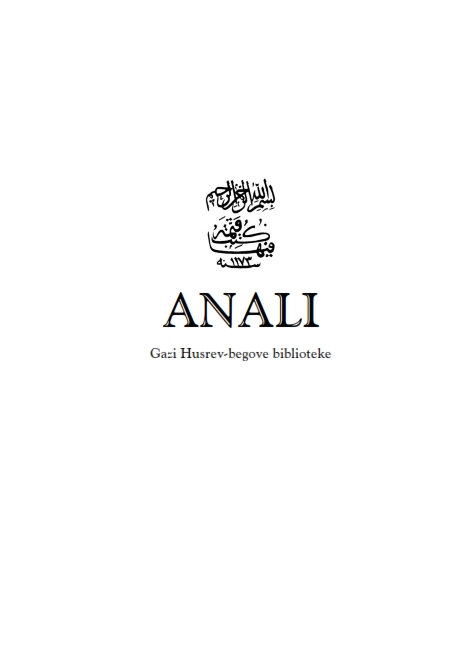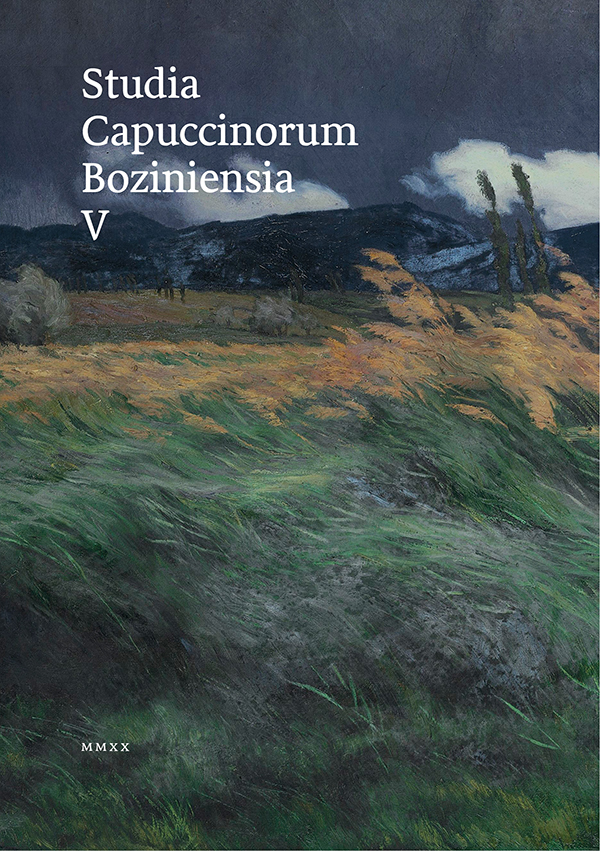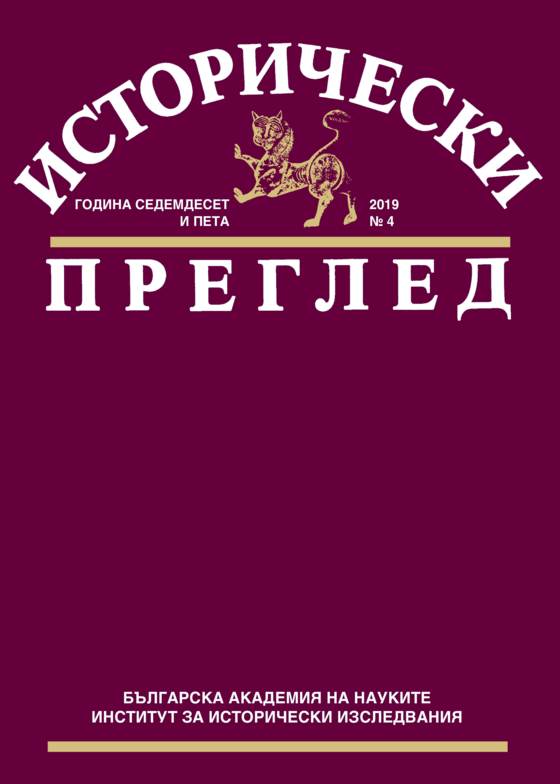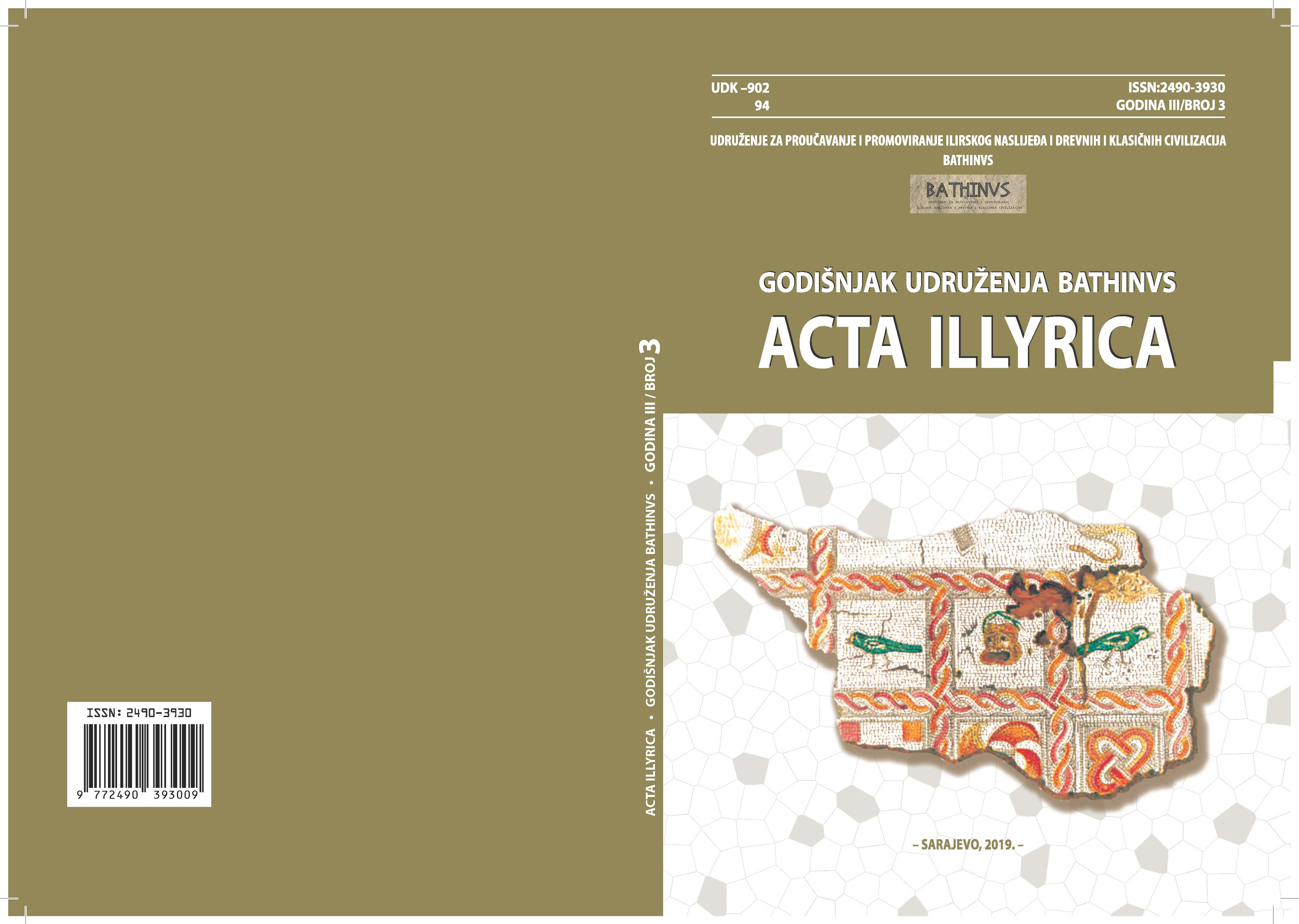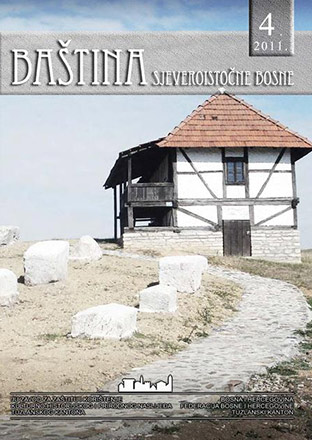Author(s): Hamza Lavić / Language(s): Bosnian
Issue: 40/2019
This paper deals with endowment charters from the area of Bijeljina in Bosnia and Herzegovina. A report from the County Commission in Bijeljina to the Provincial Waqf Directorate in Sarajevo on February 26; 1907, related to the endowment business, stat es nine endowments, or mosques in Bijeljina county: Vedjihi-Pasha Mosque, Atik Mosque, Krpić Mosque, Salihbegović Mosque, Jedid Mosque, other Atik Mosque, Atmačić Mosque, Turski Janjari Mosque and Koraj Mosque. In the report, the column entitled “place” lists the names of five Bijeljina mahalas (Bijeljina, Janja, Atmačić, Turski Janjari and Koraj). Unfortunately, no endowment charter on the founding of any of these, to our knowledge, has been preserved to this day. A total of 20 endowment charters were retained and subsequently added to the larger charters mentioned above. The three endowment charters date from the 19th century, while the rest date from the 20th century. It is interesting that the founders of 9 endowments are women, while the others are established by men. Endowment charters that we worked on treat the most significant characteristics: founder, date of endowment, certification, subject of endowment, conditions of endowment, persons in charge, witnesses, physical characteristics of charter, specimens in various forms and sources in which the endowments were publicized.
More...
